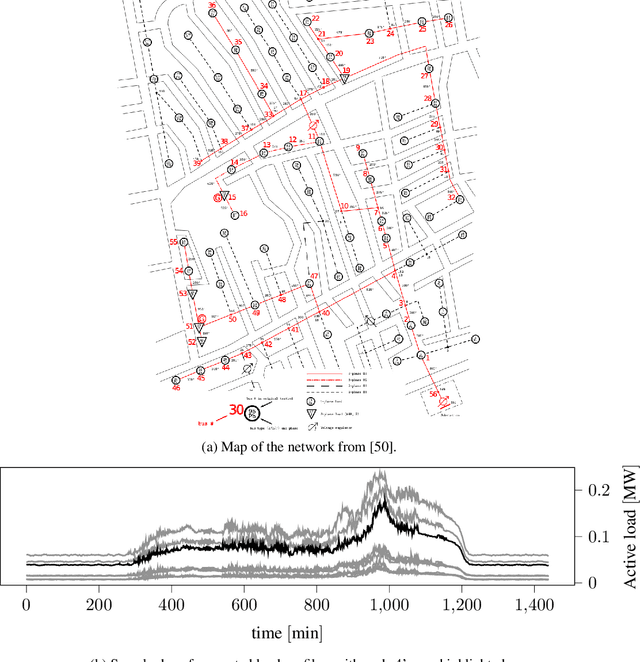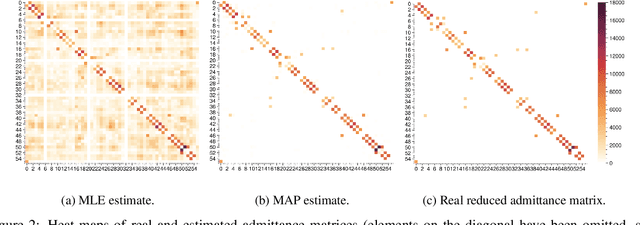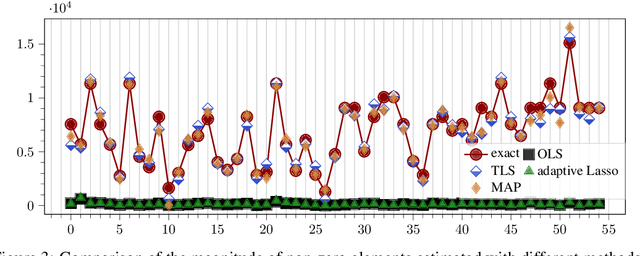Pulkit Nahata
Bayesian Error-in-Variables Models for the Identification of Power Networks
Jul 09, 2021



Abstract:The increasing integration of intermittent renewable generation, especially at the distribution level,necessitates advanced planning and optimisation methodologies contingent on the knowledge of thegrid, specifically the admittance matrix capturing the topology and line parameters of an electricnetwork. However, a reliable estimate of the admittance matrix may either be missing or quicklybecome obsolete for temporally varying grids. In this work, we propose a data-driven identificationmethod utilising voltage and current measurements collected from micro-PMUs. More precisely,we first present a maximum likelihood approach and then move towards a Bayesian framework,leveraging the principles of maximum a posteriori estimation. In contrast with most existing con-tributions, our approach not only factors in measurement noise on both voltage and current data,but is also capable of exploiting available a priori information such as sparsity patterns and knownline parameters. Simulations conducted on benchmark cases demonstrate that, compared to otheralgorithms, our method can achieve significantly greater accuracy.
Identification of AC Networks via Online Learning
Mar 13, 2020



Abstract:The increasing integration of intermittent renewable generation in power networks calls for novel planning and control methodologies, which hinge on detailed knowledge of the grid. However, reliable information concerning the system topology and parameters may be missing or outdated for temporally varying AC networks. This paper proposes an online learning procedure to estimate the admittance matrix of an AC network capturing topological information and line parameters. We start off by providing a recursive identification algorithm that exploits phasor measurements of voltages and currents. With the goal of accelerating convergence, we subsequently complement our base algorithm with a design-of-experiment procedure, which maximizes the information content of data at each step by computing optimal voltage excitations. Our approach improves on existing techniques and its effectiveness is substantiated by numerical studies on a 6-bus AC network.
 Add to Chrome
Add to Chrome Add to Firefox
Add to Firefox Add to Edge
Add to Edge